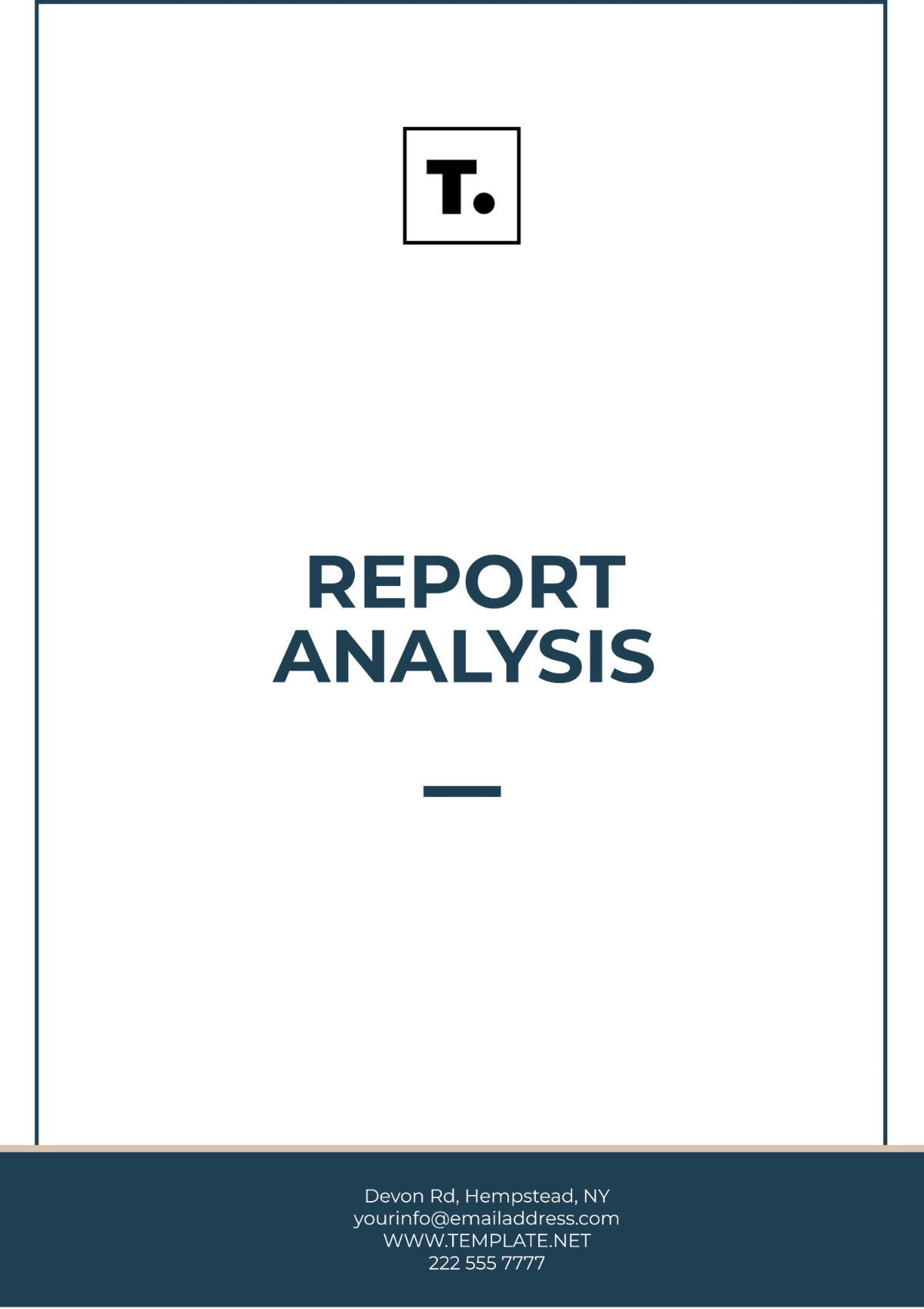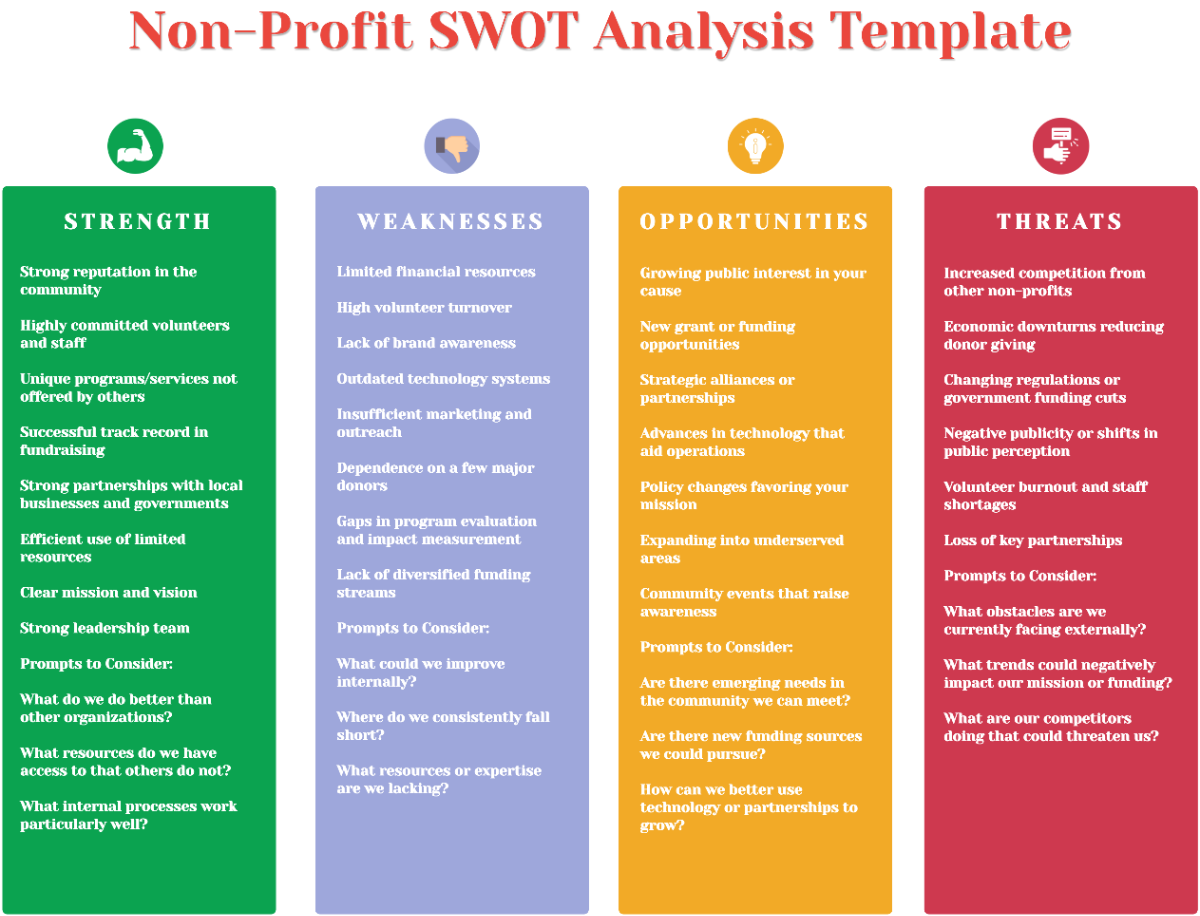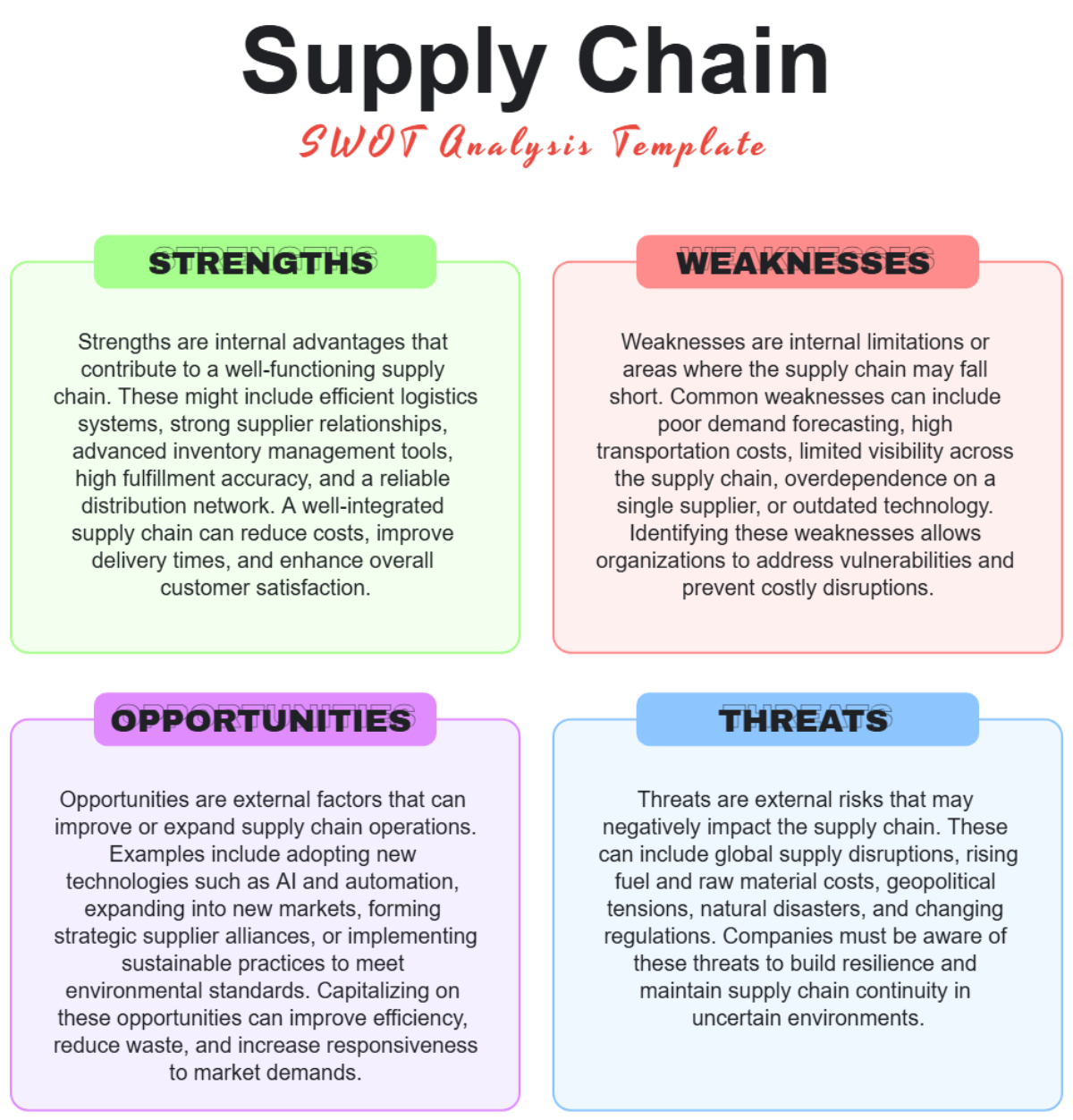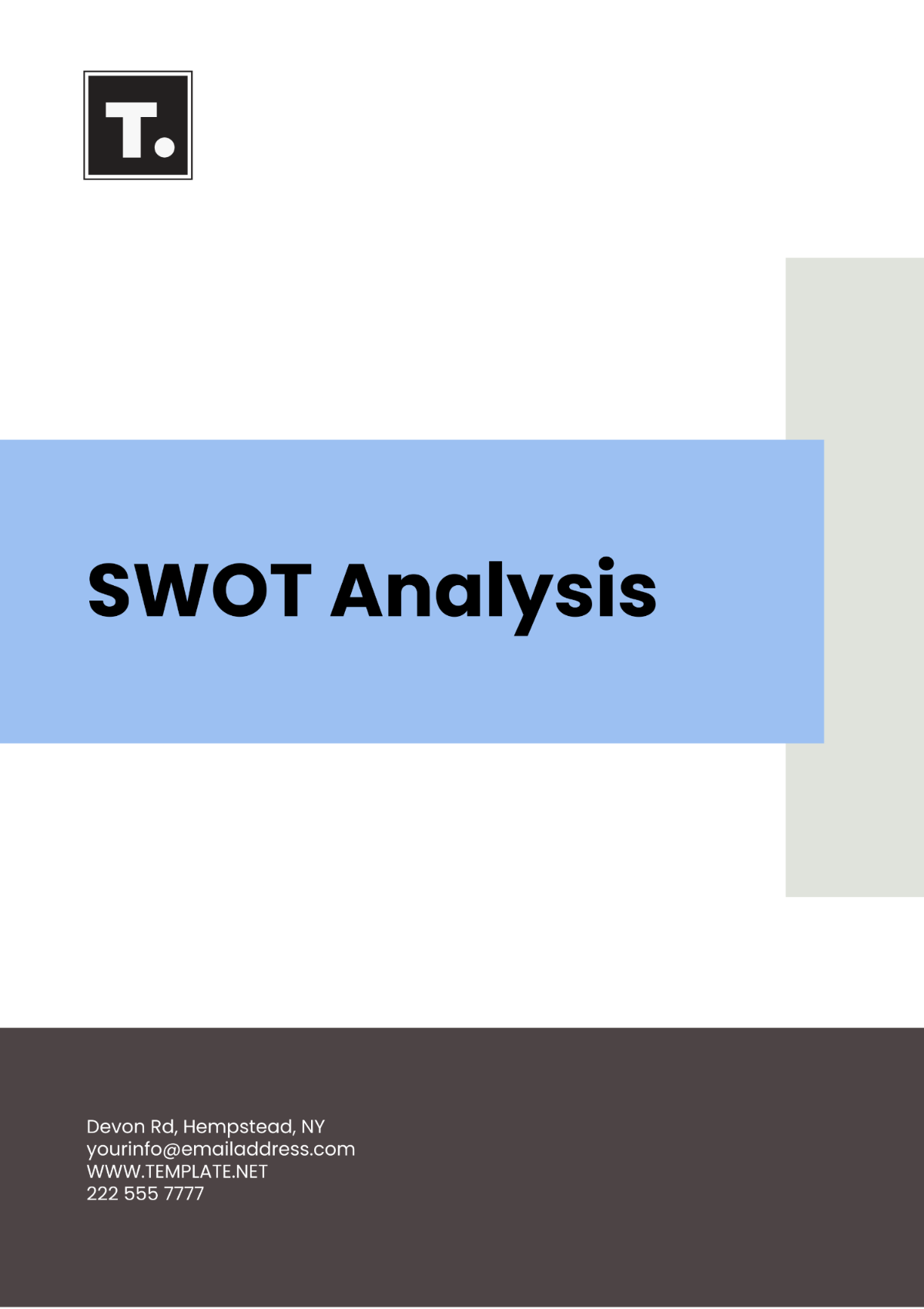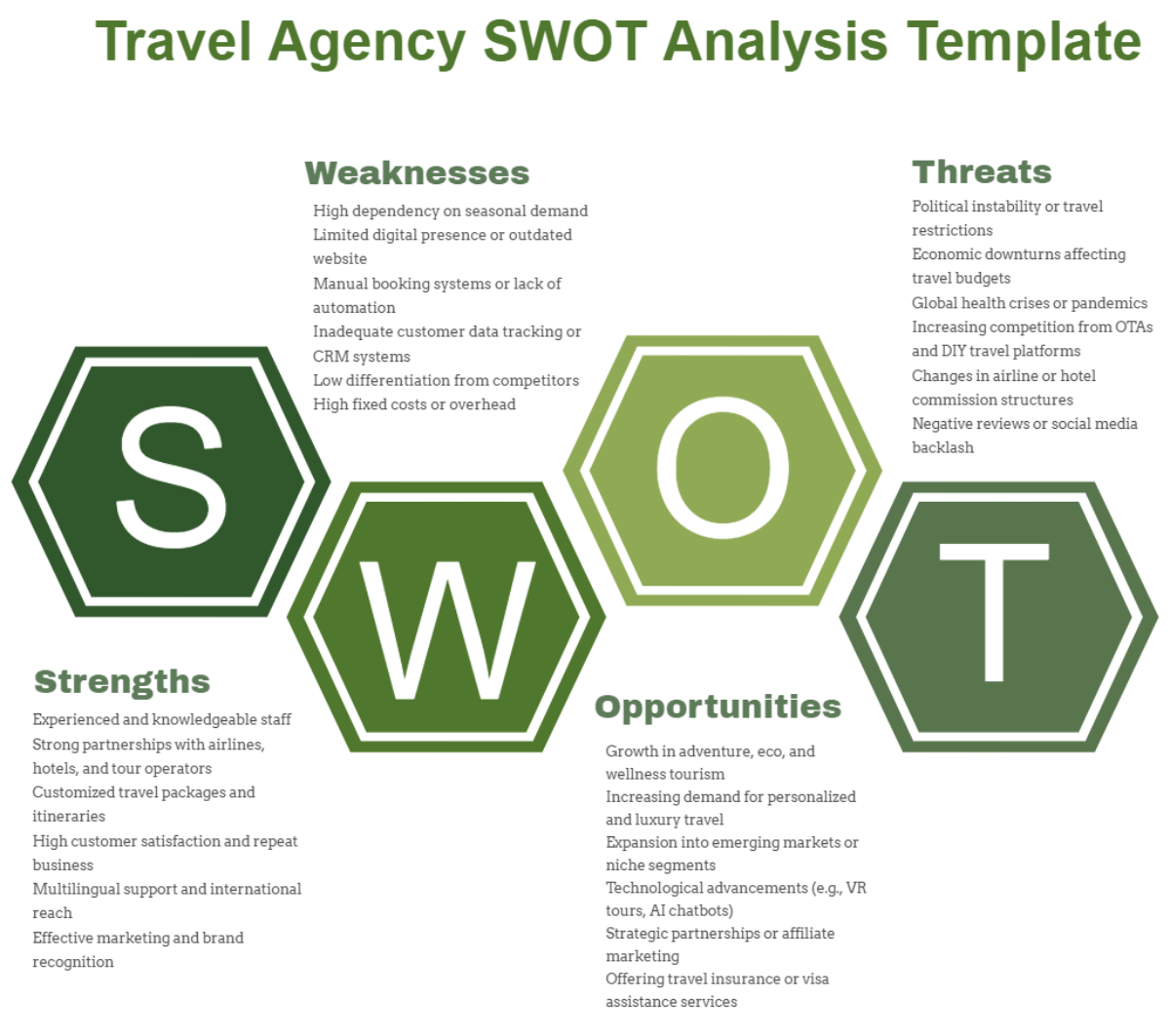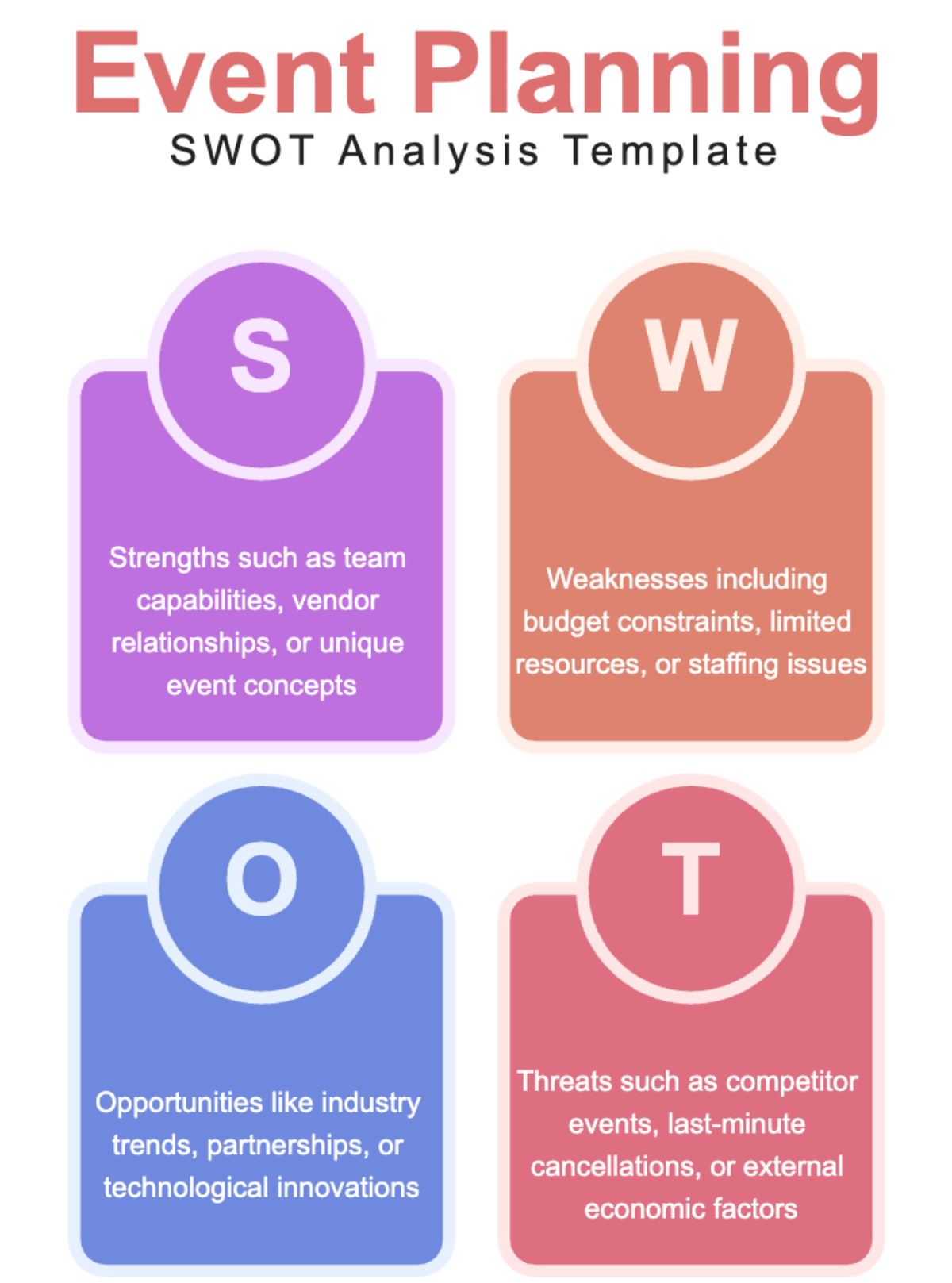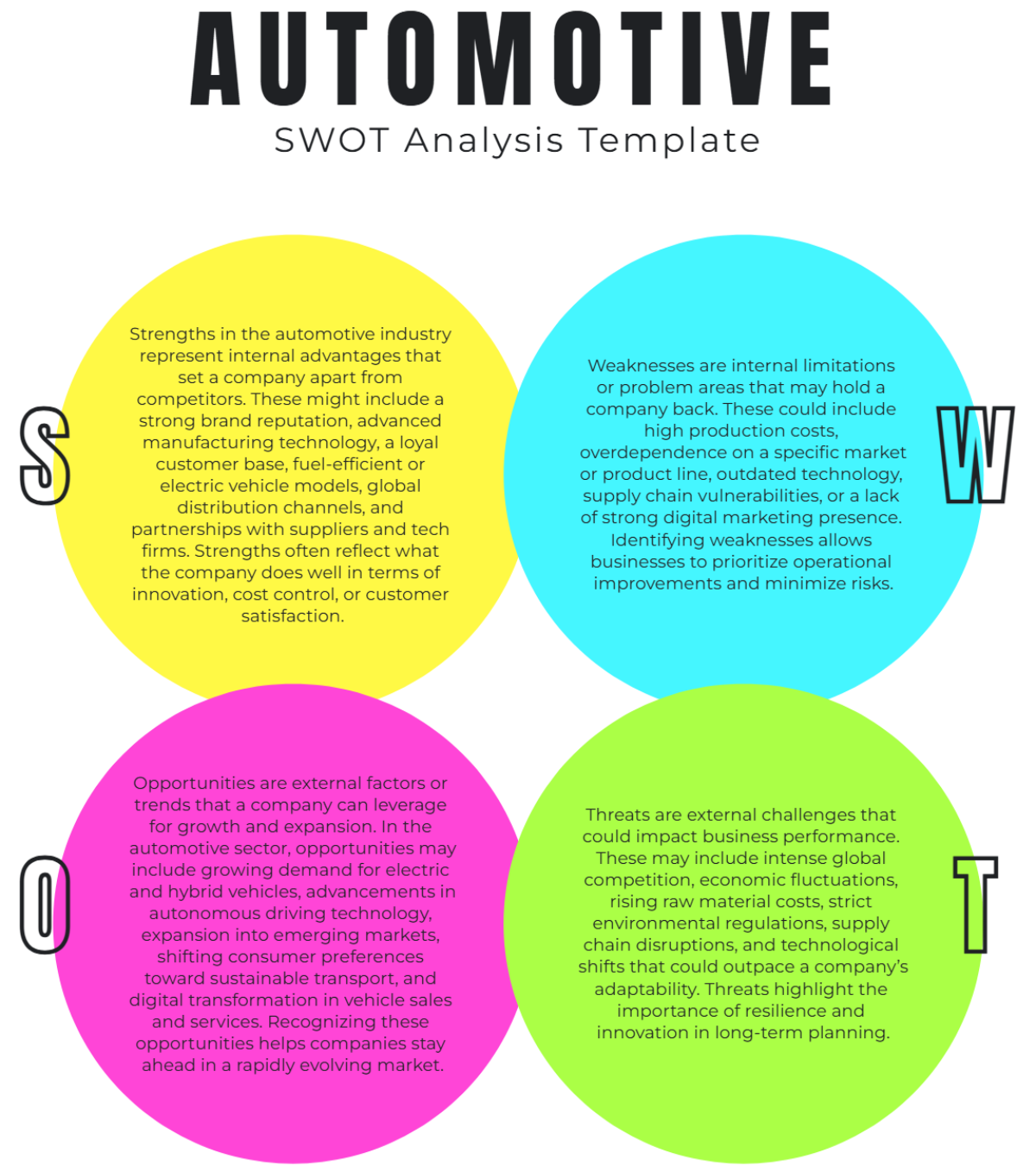Free Marketing Brand Positioning Analysis Design Template
Marketing Brand Positioning Analysis Design
I. Abstract
This Marketing Brand Positioning Analysis aims to provide a comprehensive analysis of [Your Company Name]'s brand positioning within the current market landscape. The study explores the brand's strengths, weaknesses, and potential opportunities, utilizing both qualitative and quantitative methods to gather and analyze data. The purpose of this research is to identify areas where the brand can strengthen its positioning and capitalize on market opportunities, thereby enhancing its competitive edge.
The methodology includes a detailed literature review, surveys, and interviews with key stakeholders, followed by a thorough analysis of the data collected. The results highlight several key areas where [Your Company Name] can improve its brand positioning, including enhancing brand visibility, refining the brand message, and expanding its target audience. This analysis offers recommendations for strategic actions that [Your Company Name] can take to improve its brand positioning and achieve long-term success in the market.
II. Introduction
In the increasingly competitive business environment of 2050 and beyond, effective brand positioning has become a critical factor for success. Brand positioning refers to the strategic process of establishing a brand in the minds of consumers, differentiating it from competitors, and creating a unique identity that resonates with the target audience. For [Your Company Name], understanding and refining its brand positioning is essential to maintaining a strong market presence and achieving sustainable growth.
The purpose of this research is to analyze the current brand positioning of [Your Company Name], identify strengths and weaknesses, and explore opportunities for improvement. By conducting a thorough analysis of the brand's market position, this study aims to provide actionable insights that will help [Your Company Name] enhance its competitive advantage.
The significance of this research lies in its potential to guide [Your Company Name] in making informed decisions about its brand strategy. As the market continues to evolve, staying ahead of competitors requires a deep understanding of how the brand is perceived by consumers and how it can be positioned more effectively. This study will contribute to that understanding by providing a detailed analysis of the brand's current positioning and offering recommendations for future actions.
The research question that this study seeks to answer is: "How can [Your Company Name] optimize its brand positioning to achieve greater market success?" To address this question, the study will review existing literature on brand positioning, analyze data collected from various sources, and provide strategic recommendations based on the findings.
III. Literature Review
Brand positioning is a well-established concept in marketing, with a significant body of research dedicated to understanding its various dimensions and implications. According to Keller (2051), brand positioning involves creating a unique and favorable image of a brand in the minds of consumers, which can lead to increased brand loyalty and market share. This concept has been further explored by Aaker (2052), who emphasized the importance of differentiating a brand from its competitors through clear and consistent messaging.
One of the key components of brand positioning is understanding the target audience. As noted by Smith (2050), effective brand positioning requires a deep understanding of the target market's needs, preferences, and behaviors. This understanding allows brands to tailor their messaging and positioning strategies to resonate with their audience. For [Your Company Name], identifying and targeting the right audience is crucial to optimizing its brand positioning.
Another critical aspect of brand positioning is the creation of a strong brand identity. According to Kapferer (2053), a brand's identity is composed of its core values, personality, and unique selling proposition (USP). These elements work together to create a distinctive brand image that sets it apart from competitors. In the case of [Your Company Name], refining its brand identity may involve emphasizing its unique attributes and ensuring that these attributes are consistently communicated across all marketing channels.
Several studies have also highlighted the role of brand positioning in driving consumer perceptions and behaviors. For example, a study by Johnson and Lee (2052) found that brands with strong and clear positioning are more likely to be perceived as leaders in their industry, which can lead to increased consumer trust and loyalty. This finding underscores the importance of a well-defined brand positioning strategy for [Your Company Name].
Brand positioning is not a static process but rather an ongoing effort that requires regular evaluation and adjustment. As the market evolves and consumer preferences change, brands must adapt their positioning strategies to stay relevant. As noted by Baker and Thompson (2051), continuous monitoring of brand positioning is essential for maintaining a competitive edge in the market.
Despite the extensive research on brand positioning, there are still gaps in the literature that need to be addressed. For example, while many studies focus on the importance of brand positioning, there is less research on how brands can effectively implement and adjust their positioning strategies in response to market changes. This gap highlights the need for further research in this area, which this study aims to contribute to.
Overall, the existing literature provides a strong foundation for understanding the key elements of brand positioning and its impact on consumer perceptions and behaviors. However, there is still a need for more research on the practical implementation of brand positioning strategies, particularly in the context of rapidly changing markets. This study will build on the existing literature by exploring how [Your Company Name] can optimize its brand positioning to achieve greater market success.
IV. Methodology
A. Research Design
The research design for this study is a mixed-methods approach, combining both qualitative and quantitative data collection and analysis techniques. This approach allows for a comprehensive understanding of [Your Company Name]'s brand positioning from multiple perspectives. The following steps outline the research design:
Literature Review: A thorough review of existing literature on brand positioning was conducted to establish a theoretical framework for the study. This review provided a foundation for understanding the key concepts and strategies related to brand positioning.
Surveys: A survey was distributed to a sample of [Your Company Name]'s target audience to gather quantitative data on their perceptions of the brand. The survey included questions related to brand awareness, brand loyalty, and the perceived strengths and weaknesses of [Your Company Name]'s brand positioning.
Interviews: In-depth interviews were conducted with key stakeholders, including employees, customers, and industry experts, to gather qualitative data on the brand's positioning. These interviews provided insights into the internal and external factors that influence [Your Company Name]'s brand positioning.
Data Analysis: The quantitative data collected from the surveys were analyzed using statistical methods to identify trends and patterns. The qualitative data from the interviews were analyzed using thematic analysis to identify key themes and insights.
Triangulation: The findings from the literature review, surveys, and interviews were triangulated to ensure the reliability and validity of the results. This process involved comparing and contrasting the data from different sources to identify areas of convergence and divergence.
B. Data Collection
Data collection for this study involved multiple methods to ensure a comprehensive analysis of [Your Company Name]'s brand positioning. The following steps outline the data collection process:
Survey Distribution: The survey was distributed to a sample of [Your Company Name]'s target audience through email and social media platforms. A total of 500 responses were collected, with a response rate of 25%.
Interview Recruitment: Participants for the interviews were recruited through a combination of purposive and snowball sampling. A total of 15 interviews were conducted, each lasting between 30 and 60 minutes.
Secondary Data: In addition to the primary data collected through surveys and interviews, secondary data from industry reports and market analysis were also reviewed. This secondary data provided additional context and insights into the market environment in which [Your Company Name] operates.
C. Data Analysis Techniques
The data analysis techniques used in this study were selected to ensure a rigorous and thorough analysis of the data collected. The following steps outline the data analysis process:
Descriptive Statistics: Descriptive statistics were used to summarize the quantitative data collected from the surveys. This analysis included calculating measures of central tendency (mean, median, mode) and dispersion (standard deviation, range) for key variables related to brand positioning.
Thematic Analysis: The qualitative data collected from the interviews were analyzed using thematic analysis. This involved coding the data to identify recurring themes and patterns related to [Your Company Name]'s brand positioning.
Comparative Analysis: The findings from the surveys and interviews were compared to identify areas of convergence and divergence. This comparative analysis helped to triangulate the data and ensure the reliability of the results.
SWOT Analysis: A SWOT analysis was conducted to identify the strengths, weaknesses, opportunities, and threats related to [Your Company Name]'s brand positioning. This analysis provided a comprehensive overview of the internal and external factors that influence the brand's market position.
D. Limitations
Despite the comprehensive approach used in this study, there are several limitations that should be noted:
Sample Size: The sample size for the survey was limited to 500 respondents, which may not fully represent the entire target audience of [Your Company Name]. Future research could benefit from a larger sample size to increase the generalizability of the findings.
Interview Bias: The qualitative data collected from the interviews may be subject to interviewer bias, as the interviewer's interpretations could influence the responses. Efforts were made to minimize this bias through careful interview design and data analysis.
Time Constraints: The study was conducted within a limited timeframe, which may have impacted the depth of the data collection and analysis. Future research could benefit from a longer study period to allow for more in-depth analysis.
Market Changes: The rapidly changing market environment in 2050 and beyond may have influenced the findings of this study. Future research should consider the impact of ongoing market changes on brand positioning.
E. Data Validity and Reliability
Ensuring the validity and reliability of the data collected was a key focus of this study. The following steps were taken to uphold these standards:
Instrument Validation: Survey and interview instruments were validated through pilot testing with a small sample group. Feedback from this pilot phase helped refine the questions and improve the clarity and relevance of the data collection tools.
Data Cross-Checking: Data from different sources, such as surveys and interviews, were cross-checked to identify inconsistencies and ensure accuracy. This cross-verification process helped to strengthen the credibility of the findings.
Statistical Techniques: Advanced statistical techniques were employed to analyze the quantitative data, including regression analysis and factor analysis, to ensure robust and reliable results. These techniques helped to uncover significant patterns and relationships within the data.
Qualitative Coding: The qualitative data from interviews were systematically coded using established qualitative analysis methods. This approach ensured that themes and patterns were identified consistently and accurately.
V. Results and Discussion
The following table provides a summary of the key metrics related to [Your Company Name]'s brand positioning. The data collected from surveys and interviews are presented to illustrate the current status and perceptions of the brand.
Metric | Description | Value | Percentage |
|---|---|---|---|
Brand Awareness | Percentage of respondents aware of the brand | 75% | 75% |
Brand Loyalty | Percentage of loyal customers | 60% | 60% |
Brand Differentiation | Perceived uniqueness of the brand | 4.2/5 | 84% |
Customer Satisfaction | Overall satisfaction rating | 4.5/5 | 90% |
Market Competitiveness | Relative position compared to competitors | 3.8/5 | 76% |
A. Brand Awareness
The data indicates that 75% of respondents are aware of [Your Company Name]'s brand. This suggests a strong market presence, though there is potential for further growth. To enhance brand visibility, [Your Company Name] should consider increasing its marketing and outreach efforts.
Expanding digital marketing initiatives and utilizing search engine optimization (SEO) can significantly boost brand awareness. Engaging in partnerships and collaborations with influencers or industry leaders may also help in reaching new segments of the target audience.
B. Brand Loyalty
With 60% of respondents identifying as loyal customers, [Your Company Name] shows a solid base of repeat business. This level of loyalty is encouraging but highlights the opportunity to deepen customer engagement.
Developing a customer loyalty program that rewards repeat purchases and fosters long-term relationships can enhance this loyalty. Personalizing interactions and creating memorable customer experiences are also effective strategies to increase customer retention.
C. Brand Differentiation
The brand's differentiation score of 84% reflects its distinctiveness in the market. This high rating is indicative of [Your Company Name]'s successful efforts to stand out from competitors. However, ongoing innovation is necessary to maintain this competitive edge.
[Your Company Name] should continue to leverage its unique selling propositions (USPs) and explore new avenues for differentiation. Investing in research and development to introduce innovative products or services can further reinforce the brand's unique position.
D. Customer Satisfaction
An impressive customer satisfaction rating of 90% signifies a high level of contentment among customers. This result highlights the effectiveness of [Your Company Name]'s current strategies and efforts in meeting customer expectations.
Maintaining and building on this level of satisfaction involves regular feedback collection and addressing any emerging issues promptly. Enhancing customer service and ensuring that products or services consistently meet high standards will support continued customer satisfaction.
E. Market Competitiveness
The market competitiveness score of 76% shows that [Your Company Name] is relatively strong compared to its competitors. This score reflects the brand's competitive position but also suggests areas where further improvement could be beneficial.
To improve market competitiveness, [Your Company Name] should conduct a thorough competitor analysis to identify areas for improvement. Focusing on strategic marketing initiatives and enhancing product offerings can help in gaining a more advantageous position in the market.
VI. Conclusion
[Your Company Name] exhibits a strong brand presence with significant awareness and customer satisfaction levels. The brand’s differentiation and market competitiveness scores are also positive, indicating a solid position in the market. However, there are opportunities for improvement in brand loyalty and further enhancing brand visibility.
To optimize brand positioning, [Your Company Name] should focus on expanding marketing efforts, enhancing customer loyalty programs, and continuously innovating its product or service offerings. Implementing these strategies will help in consolidating the brand’s market position and achieving sustained success.
By addressing the identified areas for improvement, [Your Company Name] can strengthen its competitive edge and build a more robust brand presence. These actions will not only enhance customer loyalty but also improve overall market performance and brand equity.
VII. References
Aaker, D. A. (2052). Building Strong Brands. Harper & Collins Publishing.
Baker, M., & Thompson, D. (2051). Marketing Strategy and Management. Business Insights University Press.
Johnson, J., & Lee, S. (2052). Brand Leadership: Building and Sustaining Strong Brands. Elite Marketing Publications.
Kapferer, J. N. (2053). The New Strategic Brand Management. Global Business Publishing.
Keller, K. L. (2051). Strategic Brand Management. Marketing Excellence University Press.
Smith, A. (2050). Consumer Behavior and Brand Positioning. Modern Business Press.



